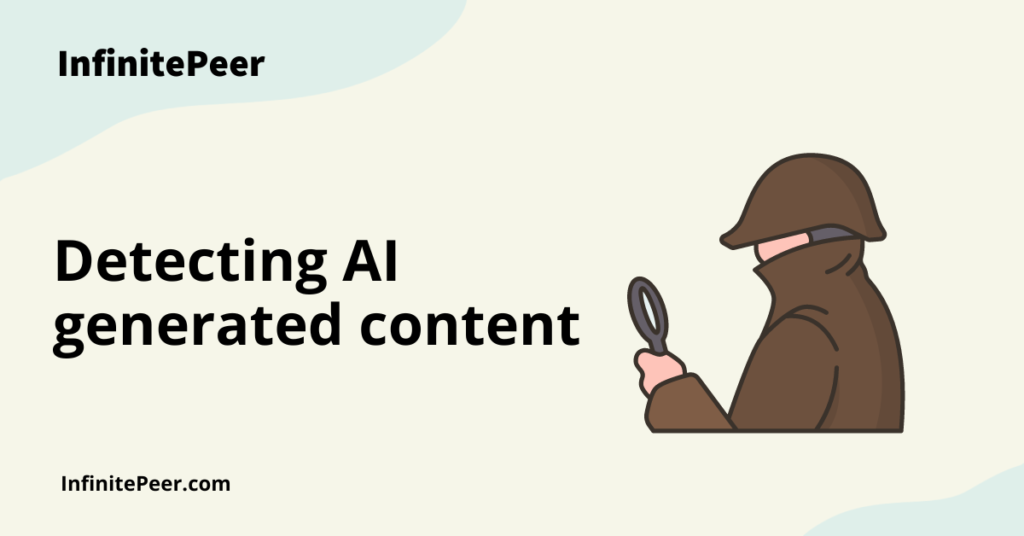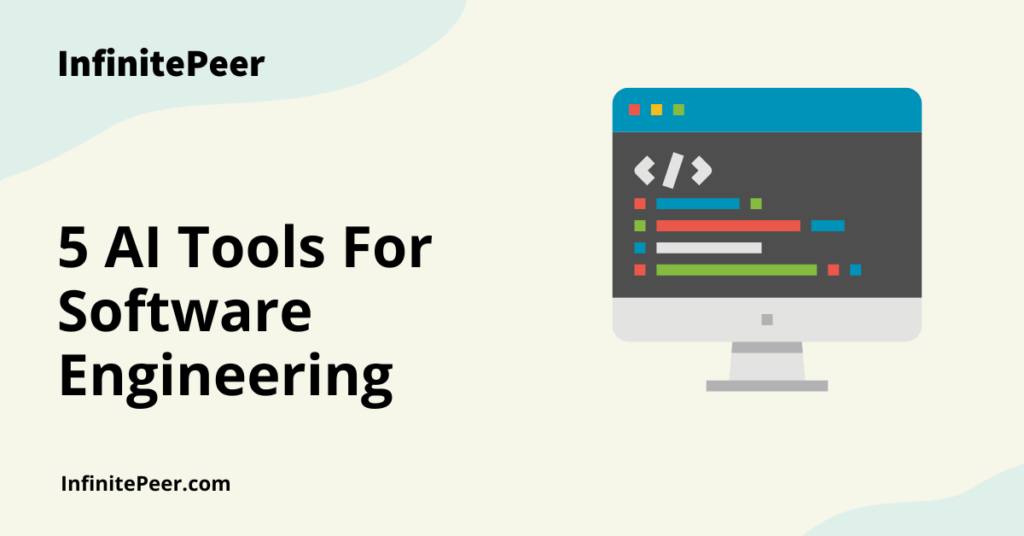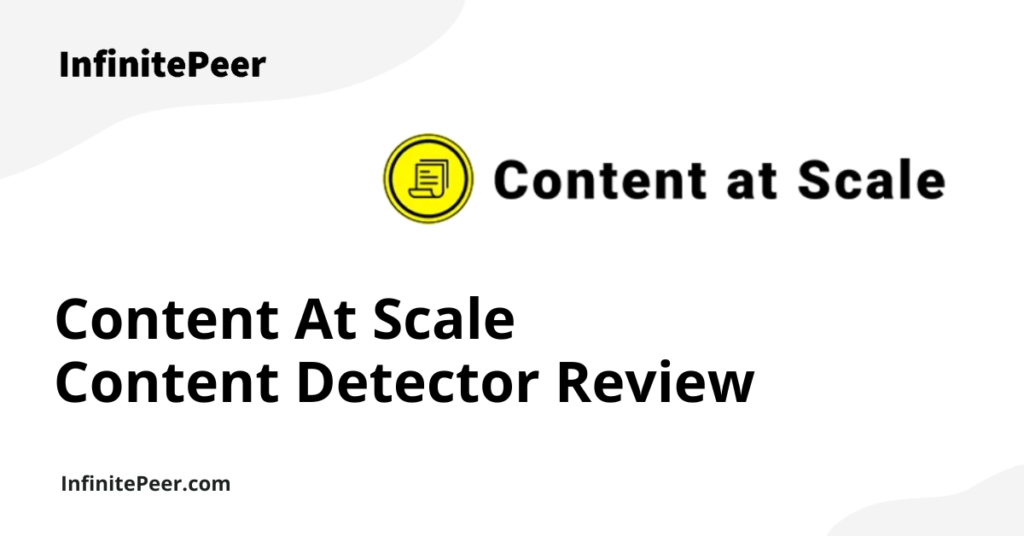Artificial intelligence has already become an integral part of our lives, and the technology promises to transform them even further in the coming years.
In this article, we’ll discuss four innovative AI technologies that exist today.
These technologies range from voice recognition software powered by natural language processing to new approaches in data analysis and planning to artificial agents acting intelligently on your behalf. Let’s take a closer look at each of them now.
SpotMini by Boston Dynamics
One of the most mind-blowing technologies on the list is Boston Dynamics’ SpotMini. As the name suggests, the SpotMini is a mini robot, that resembles man’s best friend.
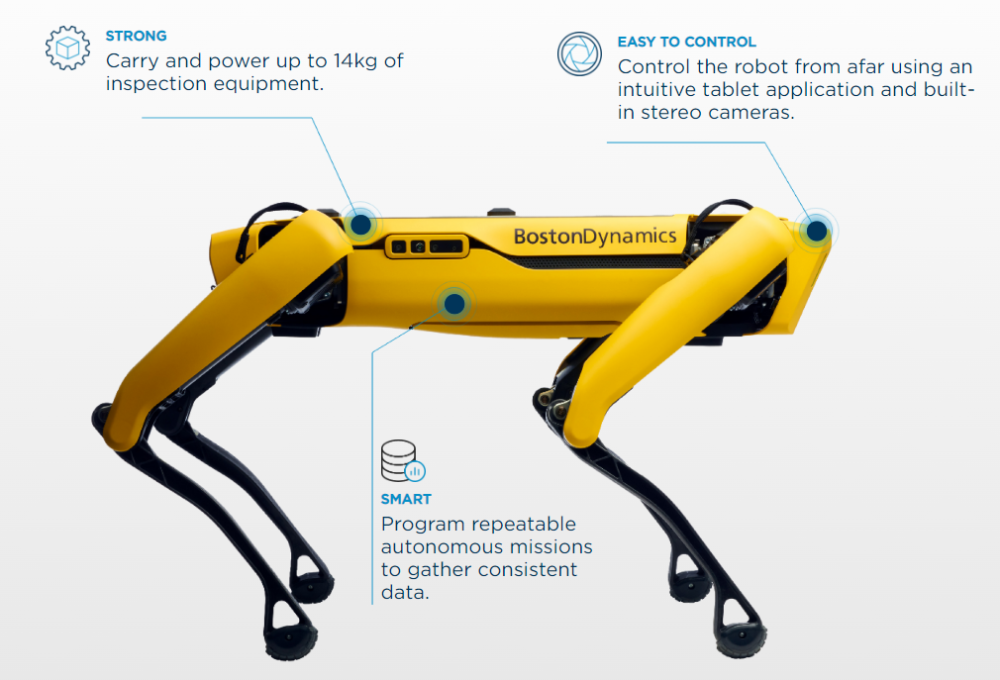
The SpotMini is a four-legged robot that uses sensor technology and advanced computer vision to navigate the world around it. The way it walks is different than other robots: its front legs move together while its back legs move separately, emulating our real four-legged friends.
The SpotMini was developed for commercial uses and ultimately allows companies to automate routine inspections and data collection, ensuring these important tasks are done accurately, as frequently as needed, and without human intervention.
The SpotMini is used in construction, mining, manufacturing, and oil and gas, among a number of other industries. Companies, like BP, Woodside Energy, Swinerton, and Strabag, are now using this technology to complete routine inspections and data collection. Employees now focus on analysis and insights and do not need to enter dangerous locations like mines, potentially putting their lives at risk.
Pepper by Softbank Robotics
Pepper is another example of robotics and artificial intelligence that will truly blow your mind. The Softbank robot was originally built in 2014 as a friendly companion that could work in a human environment.
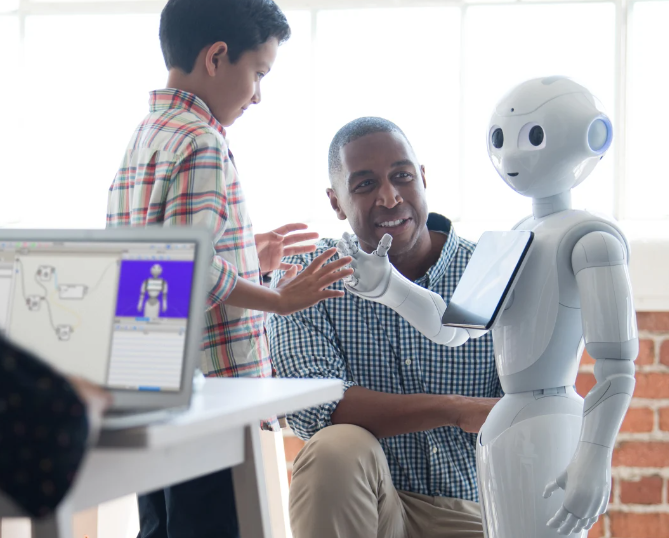
Pepper boasts of being the world’s first emotional robot and was even interviewed by TechInsider in 2018. Pepper has the ability to read emotions based on facial expressions, recognize up to 10 languages, can do light conversation, play music or a movie clip at the right time (and match your feelings), take selfies, tell stories of its day, detect your location indoors or outdoors, relay messages from text or email to speech or use emoji projections.
Softbank Robotics has also launched two other humanoid robots: Sawyer, in conjunction with MIT, and Nao, a smaller version of Pepper, leveraged in educational facilities as a teaching assistant.
Since its launch, more than 2,000 companies around the world have started using Pepper as an assistant to guide, welcome, and inform their visitors.
Speech-to-Text by Google Cloud
Not surprising that a Google tool is on our list, given its global dominance!
For this tech, we move away from robotics to software that will change the way we work in so many different contexts. The Google Cloud Speech API allows users to convert speech to text, as the name suggests. Not only does the software work in real-time, it is a global product, supporting over 125 languages.
You can also customize aspects of Google’s speech recognition tool to be domain or industry-specific, ensuring that the content for your specific use case is well recognized and converted accurately.
Another amazing feature is that this software can detect different mediums used in multi-channel situations. For example, in a hybrid work environment, Speech-to-Text will identify if a person is speaking via video conference, or live in the room. A new feature that is being developed takes this one step further to identify the speakers in the conversation based on their voices.
Global organizations are now using these Google tools across the world: HSBC is using this to augment their customer service at call centers, MRV is using the tool to democratize conversations with their audience and Castbox is using it to improve their podcasting platform.
Watson Discovery by IBM
No list of AI tools would be complete without a tool by IBM, one of the pioneers in AI technology. IBM has a suite of AI tools for businesses called Watson. Watson Discovery is a highly powerful tool that automates data analytics for your business, automating searching and content analysis. Watson Discovery essentially identifies patterns in massive amounts of data, almost instantly.

With Watson Discovery doing the legwork, experts have more time to focus on high-value work and decision-making. The software can comb through highly complicated documents, no matter their format (pdf, HTML, excel, images, tables, websites) and will curate the most relevant passages, including the reference source of each passage.
To make experts even more efficient, Watson Discovery features virtual assistants that will answer human questions. In addition to responding to questions, the virtual assistant can provide links or news articles about those new ideas. For example, if a scientist wants to learn more about how two molecules react when combined, the Watson Discovery Advisor would be able to make connections between different patents based on scientific publications.
To really see how powerful this tool is, it’s best to look at some stats from real Watson customers:
- Watson reduced the time Meiji Yashuda Life Insurance spent reading and analyzing documents by 90%.
- U.S. Bank, the fifth largest bank in the world, benefited from Watson by dropping the time to process statements from 10 days to only 2 minutes.
- Woodside Energy saved over $10M USD by using the software.
Although not a piece of software most of us will use in our day-to-day lives, the impact this technology could have on a number of research-based industries is truly limitless. Thinking about how Watson Discovery could accelerate research into new lifesaving drugs or therapies to help patients suffering from illnesses, is really one of the most exciting ways AI will make human lives better.
